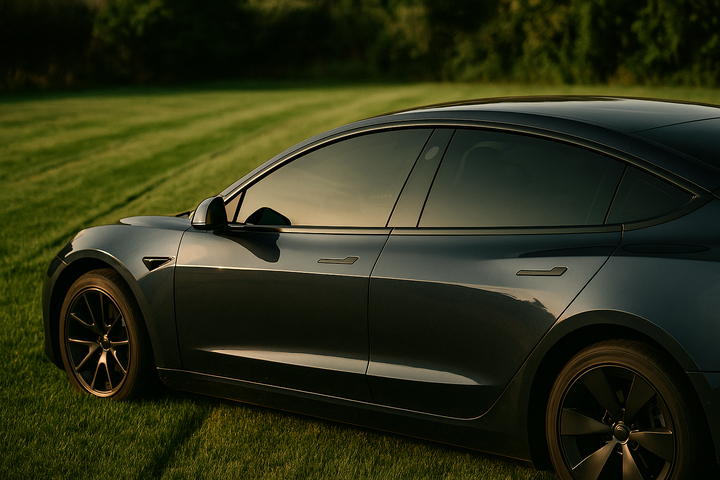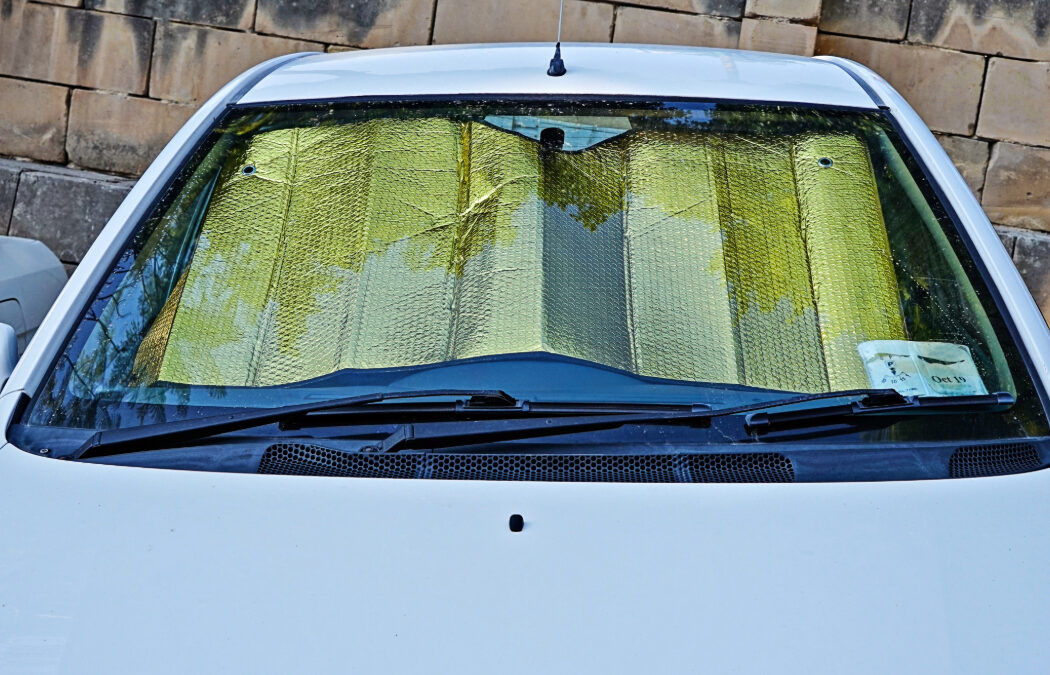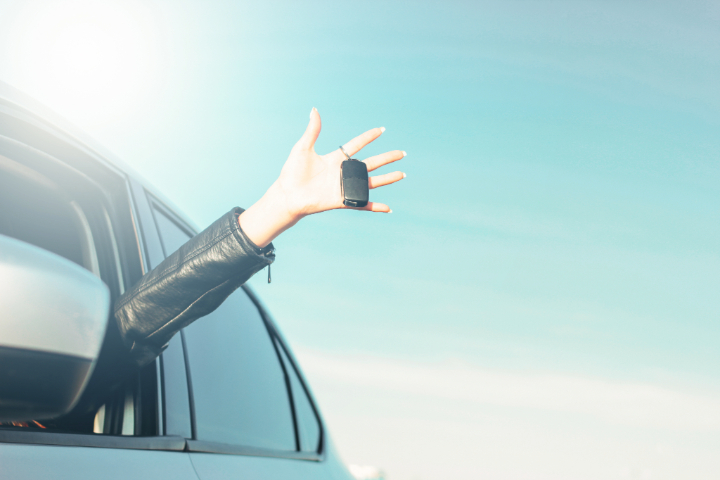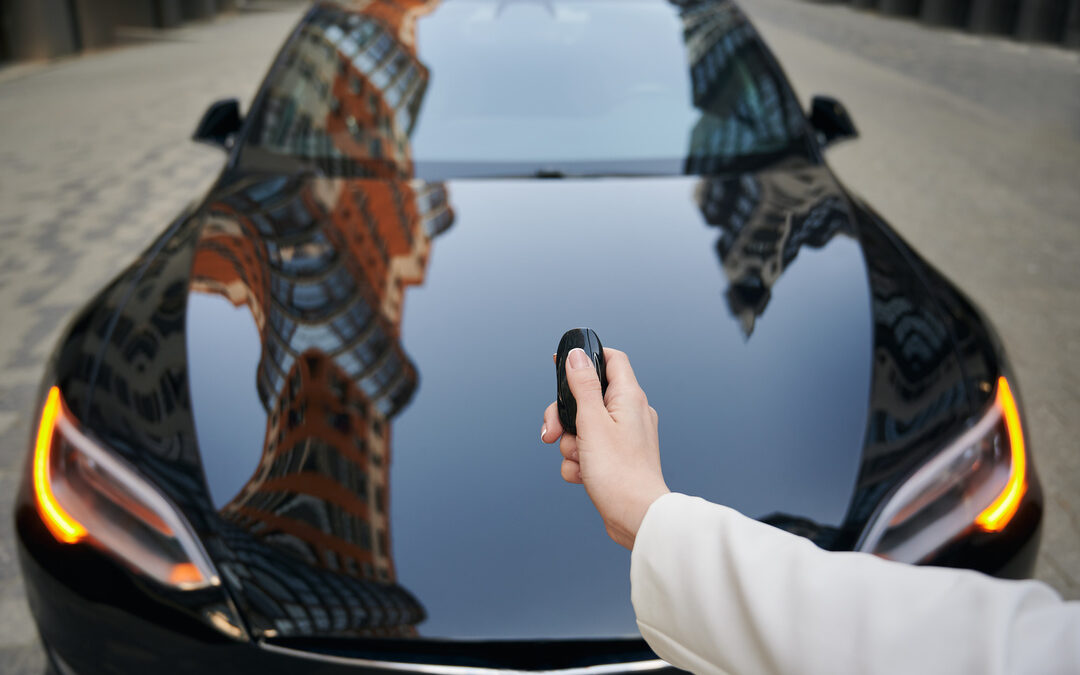If you just dropped $50k+ on an EV or Tesla, you’re not leaving your windows stock. That’s a rookie move. Tinting isn’t about “looking cool”—it’s about protecting your investment, improving your driving experience, and making your car run smarter. Especially in a place like Massachusetts, where weather shifts harder than a moody teenager.
Here’s what you need to know before you book a window tinting job for your Tesla or EV in MA.
Why Window Tinting Actually Matters for EVs
EVs are different. They rely on battery efficiency to deliver range. That means anything that helps your AC or heat system work less is a win. High-quality tint reduces interior heat by up to 60%—that’s less battery drain in the summer. In winter, tints help keep heat from escaping, so you’re not cranking the heater just to feel your fingers.
And it’s not just about comfort or efficiency. UV and infrared rays wreck interiors over time. Dashboards fade, leather cracks, and you end up with a car that looks 10 years older than it is.
Bottom line: tint protects your ride, your battery, and your resale value.
Tesla Glass Isn’t Like Regular Glass
Tesla’s glass is advanced—but it makes tinting harder.
- The rear window in models like the Model 3 is one huge piece of curved glass. It’s not something you want a part-time shop touching. You need an installer who knows how to heat-shrink film properly to avoid bubbling or peeling.
- Tesla’s roof glass (usually panoramic) is already UV-coated, but still lets in a lot of infrared heat. That means you don’t need blackout tint—but you do need ceramic film to block heat without messing up visibility.
- EVs in general have stronger electromagnetic fields. Cheap tint with metal layers? That can interfere with GPS, Bluetooth, or key fob signals. Stick to non-metallic ceramic tint.
If you want more info on what type of tint works best with Tesla’s complex glass, check out this deep dive into EV window tinting.

What Massachusetts Law Says (So You Don’t Get Fined)
Massachusetts has strict window tint rules. Get this wrong, and you’ll be dealing with inspection fails and tickets.
Here’s what’s legal:
- Front side windows: Must allow 35% of light or more to pass through (35% VLT).
- Rear side and back windows: Can be any darkness if you have dual side mirrors.
- Windshield: Only the top 6 inches can be tinted.
No, you can’t just ignore this. Police have tint meters. And unless you qualify for a medical exemption (you can apply for a tint waiver here), you need to stay within legal limits.
Best Time to Tint in Massachusetts
Technically, you can tint any time of year. But here’s the truth:
- Winter = bad. Cold temps slow down adhesive curing. Shops may still do it, but expect longer dry times and a higher chance of issues.
- Spring and Fall = ideal. Mild temps mean faster curing and fewer problems.
- Summer = fine, but humid. Make sure the shop has good indoor setup to prevent moisture from getting trapped.
If you’re planning to tint your Tesla, aim for April to October in MA. Don’t wait until you’re sweating bullets behind the wheel to do it.
More on seasonal tinting tips? Read this guide on the best time to tint your windows.
Quick Recap
If you’ve got an EV or Tesla in Massachusetts and haven’t tinted it yet, you’re leaving money on the table. Here’s what to do:
1. Go with ceramic tint. It’s heat-rejecting, non-metallic, and perfect for EVs.
2. Pick a certified installer. Tesla glass is tricky. Don’t let just anyone near it.
3. Know your tint limits. 35% VLT minimum on front sides unless you have a waiver.
4. Time it right. April to October gives you the best results.
Ready to upgrade your EV the right way?
Book your EV tinting appointment today with a Massachusetts installer. Stop waiting. Start protecting your ride.



0 Comments